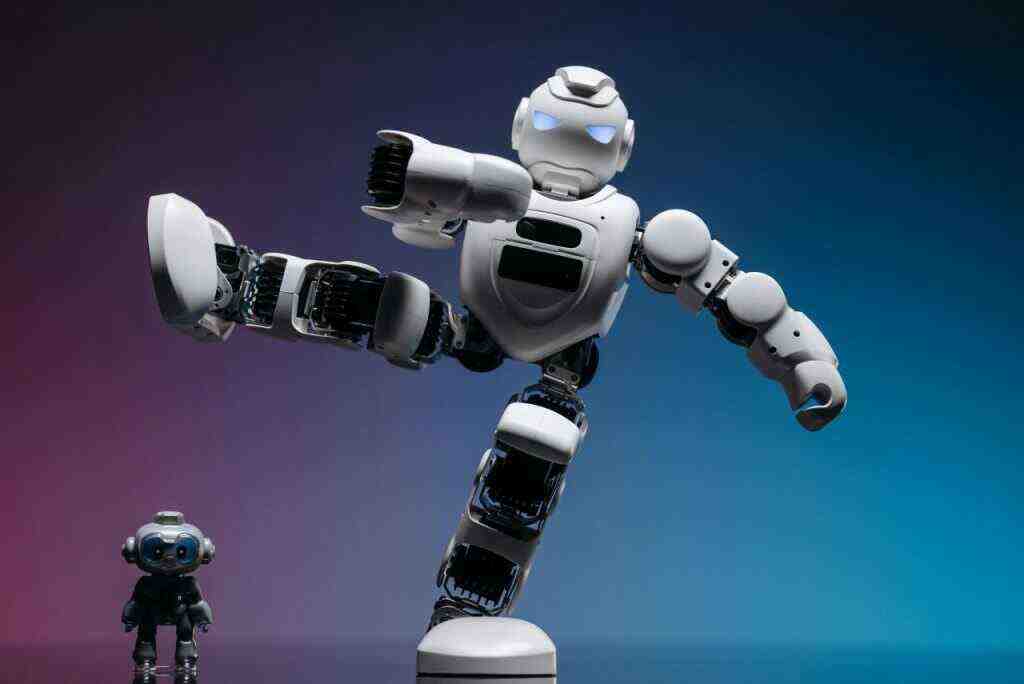2024: The Dawn of Humanoid Robots in Manufacturing
Figure and BMW Forge a Pioneering Partnership
In a groundbreaking move that signals a new era in manufacturing, Figure, a California-based company specializing in autonomous humanoid robots, has inked its first commercial agreement with automotive giant BMW. This landmark deal marks a pivotal moment in the integration of general-purpose humanoid robots into the production landscape.
With this partnership, Figure’s humanoid robots will make their debut in BMW’s manufacturing facility in South Carolina, heralding a transformative shift in the automotive industry. Initially, a small contingent of robots will be deployed, with the scale of deployment poised to expand based on the outcomes of the initial phase.
Humanoid Robots: Transforming the Manufacturing Landscape
Figure’s humanoid robots are poised to revolutionize manufacturing processes, enabling the automation of intricate, hazardous, and monotonous tasks. This technological advancement frees human workers from these repetitive and potentially dangerous tasks, allowing them to focus on higher-value activities that require human expertise and creativity.
The robots’ capabilities extend beyond mere automation; they possess the ability to learn and adapt to new tasks, mirroring the adaptability of human workers. This versatility empowers them to seamlessly integrate into various stages of the production process, from the body shop and sheet metal operations to warehouse management.
BMW Embraces the Future of Manufacturing
BMW’s decision to embrace humanoid robots underscores the company’s commitment to innovation and efficiency. The integration of these robots into its manufacturing operations is expected to enhance productivity, reduce costs, and foster a safer and more consistent work environment.
The partnership between Figure and BMW extends beyond the deployment of robots. The two companies will collaborate on cutting-edge technological advancements, exploring the frontiers of artificial intelligence, robot control, manufacturing virtualization, and robot integration.
The Rise of Humanoid Robots in Automotive Manufacturing
BMW is not the sole automotive manufacturer venturing into the realm of humanoid robots. Several other industry leaders, including Honda and Hyundai, have been actively experimenting with human-like robots for years, recognizing their potential to transform assembly lines by automating repetitive and hazardous tasks.
Even Tesla, a trailblazer in the automotive industry, has unveiled its own humanoid robot, Optimus. The latest iteration, Optimus Gen 2, was showcased in December 2023, sparking discussions about the potential for a billion humanoid robots to populate the Earth by the 2040s, as predicted by Tesla’s CEO, Elon Musk.
The Promise and Potential of General-Purpose Humanoid Robots
General-purpose humanoid robots have captured the attention of investors and industry experts alike. These robots, powered by advanced artificial intelligence software, possess the remarkable ability to move with a wide range of motion while simultaneously learning to perform new tasks, much like humans.
Traditionally, robots have been designed for specific, narrow tasks. The advent of general-purpose robots, however, introduces a paradigm shift, offering the potential for a single robot to perform a diverse array of tasks, enhancing flexibility and adaptability in manufacturing and other industries.
The Road Ahead: Unlocking the Potential of Humanoid Robots
The integration of humanoid robots into manufacturing holds immense promise for the future of the industry. However, the practical implementation of these robots in real-life settings remains a key challenge.
Overcoming these challenges will require close collaboration between robotics companies, manufacturers, and policymakers. Governments and regulatory bodies will need to establish clear guidelines and standards to ensure the safe and ethical use of humanoid robots in the workplace.
As we navigate these challenges, the potential rewards are immense. Humanoid robots have the potential to transform manufacturing, making it more efficient, productive, and safer. They can also free up human workers from tedious and dangerous tasks, allowing them to focus on more fulfilling and creative endeavors.
The dawn of humanoid robots in manufacturing is upon us. With continued innovation, collaboration, and careful planning, we can harness the power of these remarkable machines to build a future where humans and robots work together to create a better world.
